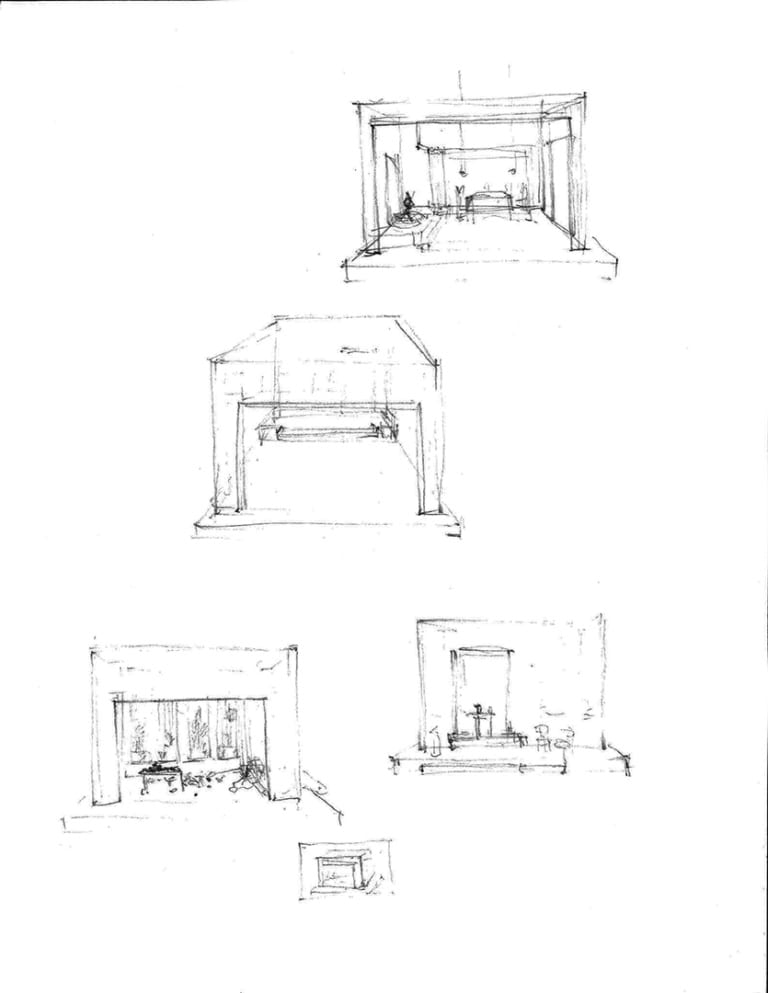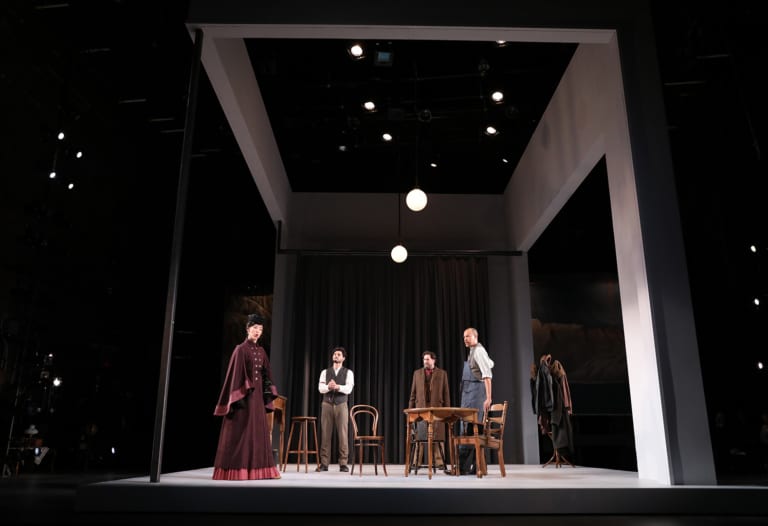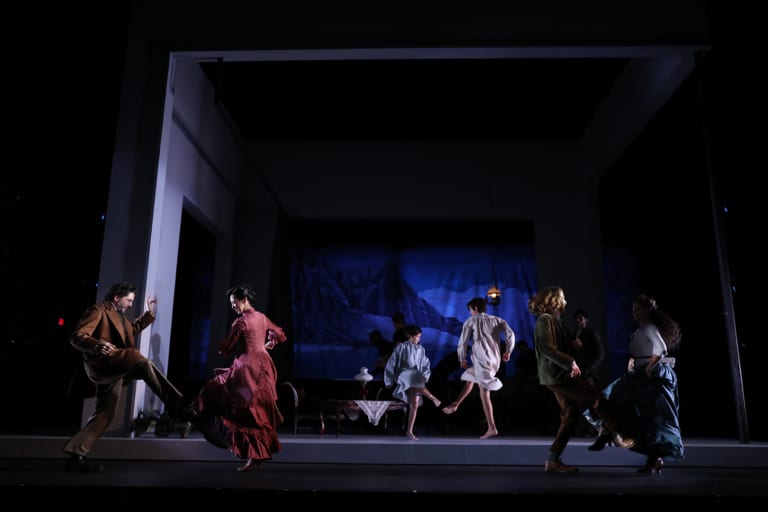Emona Stoykova
Scenic Designer — AN ENEMY OF THE PEOPLE
Emona Stoykova’s scenic design credits include Ella In The Tundra (Signature Theatre), Dead Man’s Cellphone and Nothing Is The End Of The World (Stella Adler Studio), An Enemy Of The People (Yale Repertory Theatre) {2018 Outstanding Set Design Award Nomination – Connecticut Critics Circle}; Old Friends That Just Met (Lee Strasberg Theater and Film Institute); The Hour of Great Mercy and Bulgaria! Revolt! (Yale School Of Drama); Alice Wolf; Enter Your Sleep; Dragaret’18 and The Meal (Yale Cabaret); Kaspar (Acme Corporation); Mary Hartman, Mary Hartman (Annex Theatre) and Potatoes of August (E.M.P Collective). In Bulgaria, she worked with director Alexander Morfov at the National Theatre, as assistant designer for the productions Life Is Beautiful and Enchanted Night. Her film work includes costume design for Me, You, Nobody Else and Tales (short). She holds a BA in Scenography and a BA in Theory and Practice of Art Education, from the National Academy of Arts in Sofia, Bulgaria, and is a graduate of the National School of Fine Arts, Bulgaria. Her design work has been exhibited previously at the PQ in 2011 and 2015.
Emona is originally from Sofia, Bulgaria. She recently completed her MFA in Scenic Design at Yale University, and is currently based in New York City.
AN ENEMY OF THE PEOPLE was directed by James Bundy for Yale Repertory Theatre in October 2017.
“An Enemy of the People” tackles some fundamental themes. It deals with a society that is doomed because corruption and power hunger are immanent and unavoidable. A society that is less and less concerned with truth and where economical interests prevail over morality and those of nature. Dr. Stockman refers to the baths as a “poisonous whited sepulcher” which we found as a key metaphor, not only because it’s a synonym for hypocrite, but it also describes the idea of something that is made to look nice, virtuous and pristine but which is inwardly rotting. This vision gave shape to the space, while slowly-leaking water on the hydrochromic walls added an eerie, dark decaying look to the second half. An important theme we explored was the cyclical nature, the repetition of political and social events; the constant shift between enemies. We enhanced this with both the movement of the space and the action. The play starts with a preshow – cleaning up from the condition in which it ends (in the last act). The locations change by shifting the angle and aperture that the scene is viewed through.







